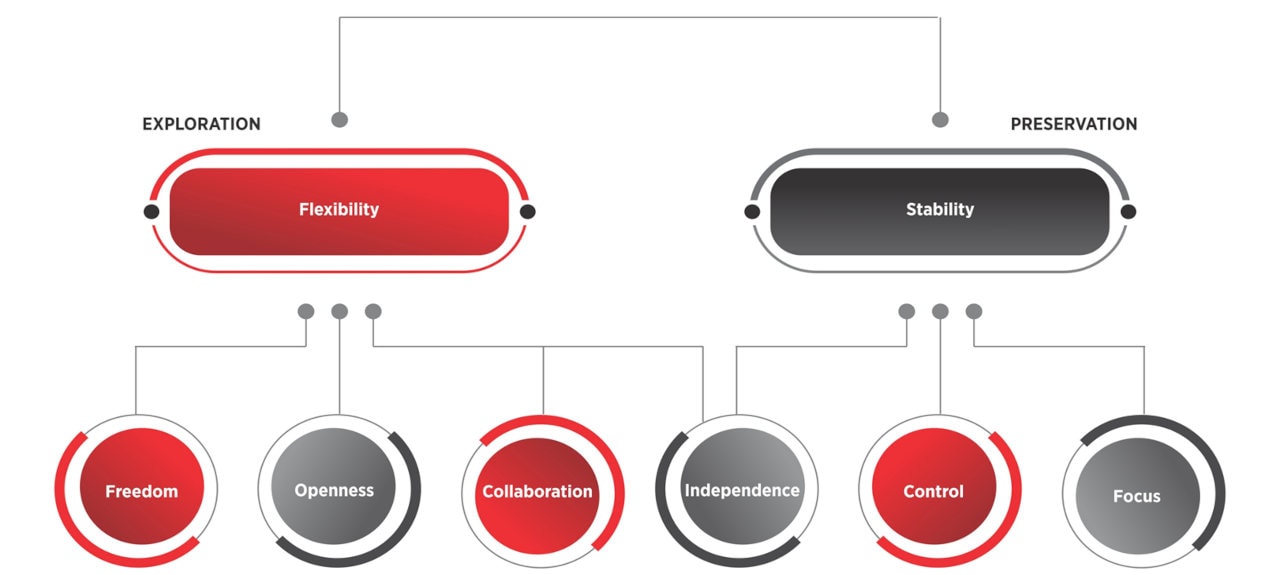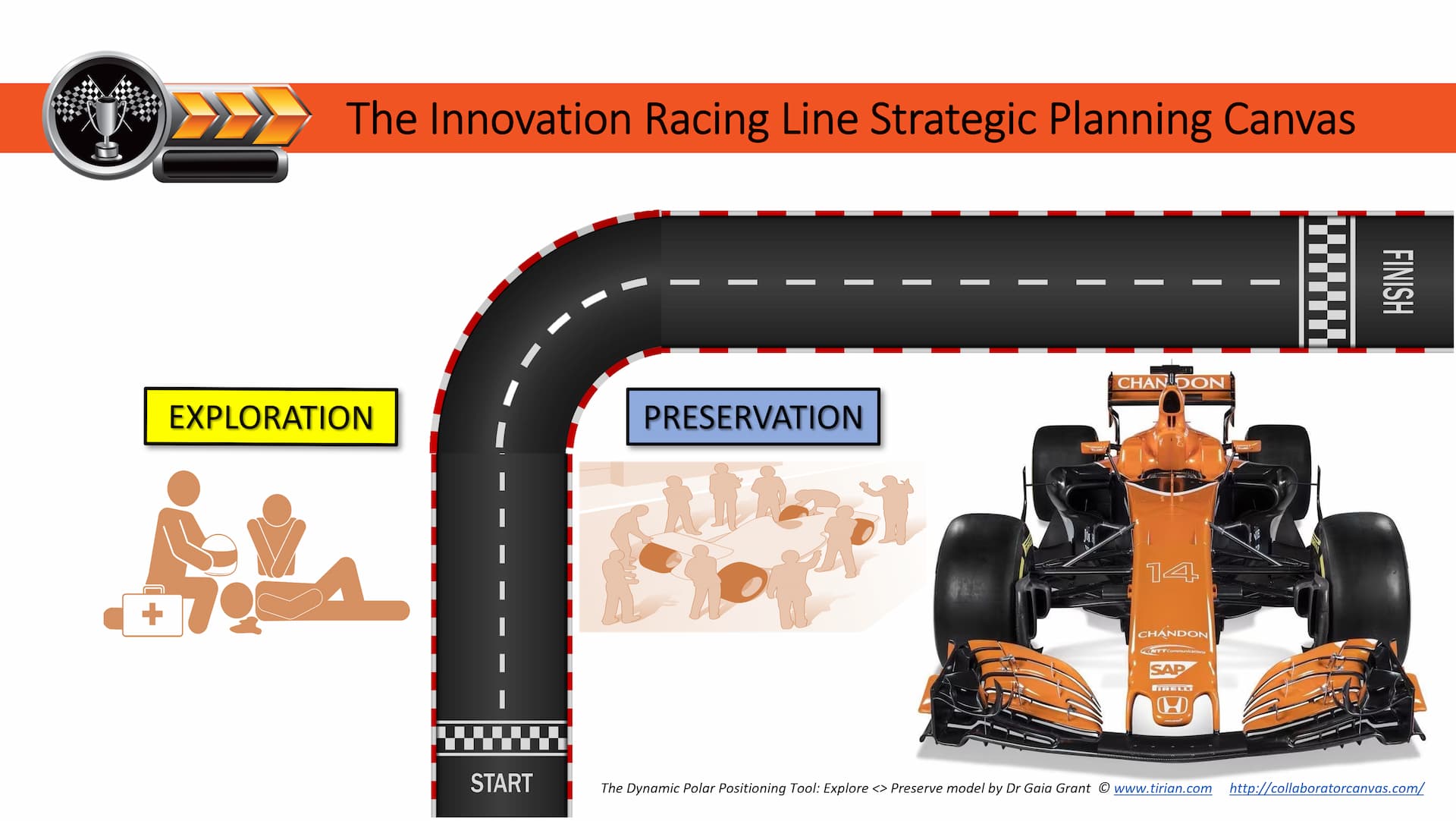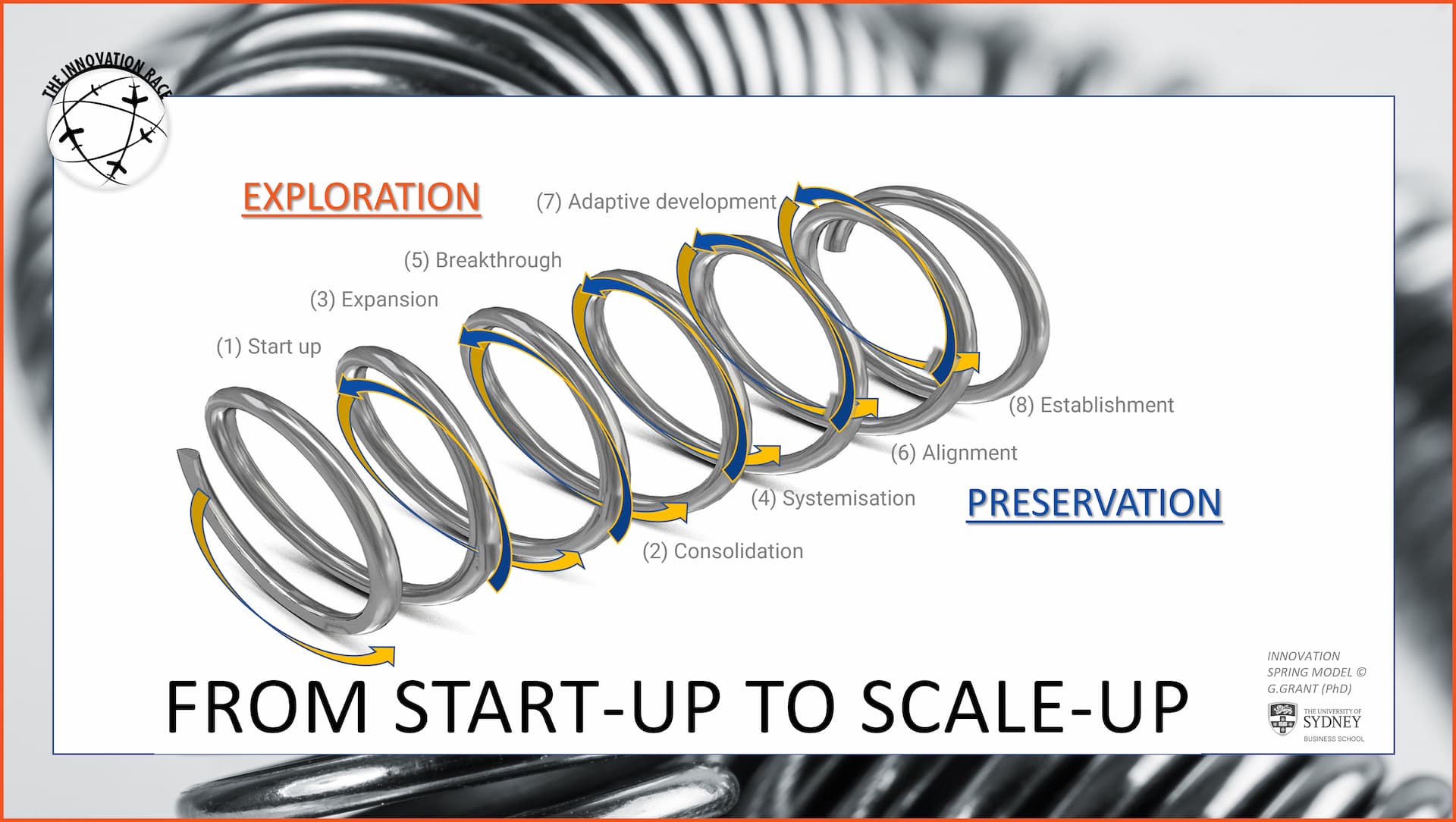Sustainable Organizational Innovation Strategic Planning
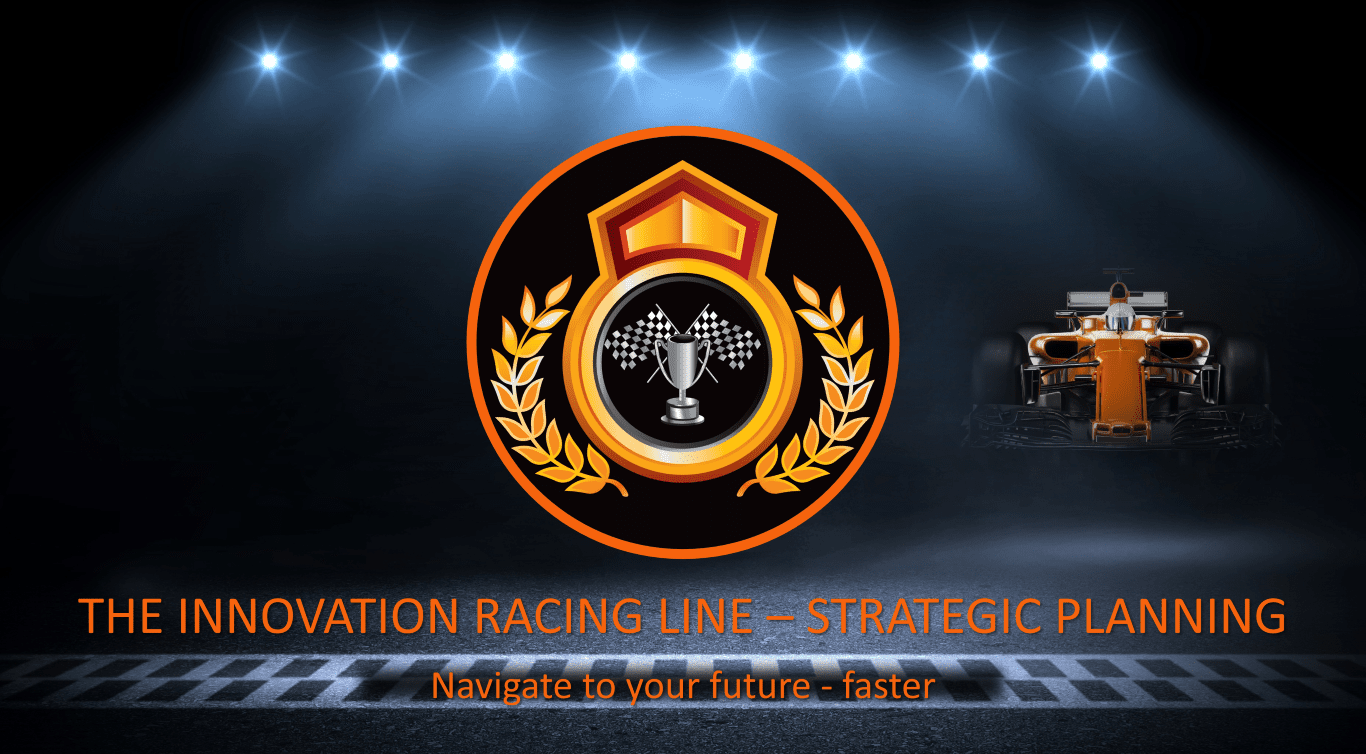
This program ‘Sustainable Organizational Innovation Strategic Planning’ consists of the following modules:
1
Purpose Driven (Sustainable) Innovation
Sensemaking, Higher Order Innovation & Innovation Pathways
2
The Innovation Racing Line
Strategic Planning Canvas
3
From Startup to Scaleup
Navigating change (SPRING model)

KEY WORDS: Strategic Planning, SPRING model, Scale-up, Growth, Sustainability, Ambidextrous Organizations
1. Purpose Driven Innovation. Higher Order Innovation & Innovation Pathways
A) What happens when you strip an organisation back to the core? What is holding everything together – and is the cohesive force meaningful, flexible and strong enough to be able be able to adapt to potential future needs? Dr Gaia Grant has immersed herself in a number of organisations over extensive periods of time to research this important question. She has identified the striking characteristics of leaders and organisations that are able to drive purpose-driven and sustainable organisation change, and has applied the principles in her consulting work with impressive results.
This session is based on the book ‘Purrpose Driven Innovation -A qualitative case-study approach for exploring sustainable development’. Purpose-driven Innovation Leadership provides in-depth insights into the experience of senior leaders from ‘for-purpose’ organisations as they learn how to navigate competing innovation demands.
B) From Start-up through to scale-up. Navigate to your future faster with effective Innovation Leadership Planning. Leaders need to be better resourced to respond to complex issues once the specific underlying challenges have been identified and addressed. Yet not many are able to identify the deeper roots of dissension, because few can see the full picture. Diving deeper into the micro level / DNA of an innovation leader this module looks at the importance of developing all dimensions of Exploration and Preservation simultaneously by revealing how they may be interrelated.
This session introduces Higher Order Innovation (HOI) and Innovation Pathways (IPM) Models to provide valuable frameworks for development. It includes case studies and interactive exercises designed to provide practical navigation insights and strategies. The insights gained from the tools and workshops can assist with identifying areas for individual development, as well as how to put together and develop innovative teams for projects, for more effective business units.
2. The Innovation Racing Line: Strategic Planning Canvas
Strategic planning to navigate the future and deal with competing innovation demands.
Preparation for innovation requires strategic project planning and implementation. This means getting from a start point to the finish line in the most efficient and effective way possible. To do this requires an ability to read and navigate a path that will enable maximum speed, but also to anticipate and mitigate risks.
The Innovation Racing Line Strategic Planning Canvas is a very practical session that uses the uniquely developed Dynamic Polar Positioning tool (DPoP) to ensure leaders and teams can build the best strategy through planning the most effective route. The most efficient path through any corner is referred to as the “racing line.”
Teams learn how to map out a sustainable path, breaking the strategy down into distinct sections (including anticipating the challenging curves), and identifying the best ‘racing line’ and crew (who does what on the team) to navigate the chosen path successfully. By understanding the tension of the ‘Paradoxical Innovation Orientations’, and ambidextrous approaches to leadership, these models and tools can help leaders learn to communicate more effectively & set an effective strategy / road map.
OUTCOMES: An implementable strategic, actionable plan for the leader & team. Innovation strategic planning. Innovation leadership planning
Learn more about the applications from this article. Who’s on the right track for sustainable innovation?
3. From Startup to Scaleup: How to lead through scale-up & navigate change
High-growth enterprises face a number of unique challenges as they scale-up as there is an unpredictability associated with rapid change along with a scarcity of resources.
Leaders of enterprises that scale up must deal with unique tensions as they balance expansion through meeting external market demands with efficiently managing internal organising capacity. These leaders will need to focus on innovation and change to realise the enterprise opportunity, which can lead to rapid growth – while simultaneously ensuring stability for long-term sustainability. As the entrepreneurial founders of enterprises scaling-up often focus on innovation and expansion in the start-up phase, stability and sustainability can become a lower priority as the organisation scales-up. This frequently leads to a leadership crisis. The findings of the longitudinal case study outlined in this session demonstrates how a shift from an innovative individual entrepreneur leadership model to a shared leadership approach – along with the adoption of unique distributed leadership practices – can enable leaders to both create and sustain value as they scale-up.
A) Hold contradictory yet complementary concepts in tension simultaneously through alignment and grow in the process. Careful management of this dynamic tension supports a sustainable growth cycle.
B) Lead with greater leadership agility for survival in a rapid change world.
- MODEL: The SPRING model for mapping organization growth stages.
- EXERCISE: Reaching consensus between polar positions – Using the Dynamic Polar Positioning (PoP) to deal with the competing demands of innovation & growth.
- CASE STUDY ROLE PLAY: The Gig Economy – Reaching consensus between stakeholders
- CASE STUDY: The Monk and the Mobile – What we can learn from Bhutan’s challenge to have sustainable innovation?
- REFLECTION / ACTION PLANNING: Personal/team/organization action checklist.
OUTCOMES
- Identify how dual executive leaders navigate competing innovation sustainability demands in growing organizations.
- Learn how the top management teams experience paradoxical demands in strategizing.
- Create agile leadership teams: How shared leadership models can better manage the ambiguities of sustainable innovation and growth.
- Align for responsible and purpose-driven Innovation: Dealing with competing demands through an integrated shared purpose.
- Discover what it means to be an ambidextrous Innovation Leader: For sustainable development in a rapid change world.
REC TIME: 2-8 hrs
REC SIZE: 5-20
PLATFORMS: Keynote, Workshop, Coaching, Bus Facilitation, Self-led


